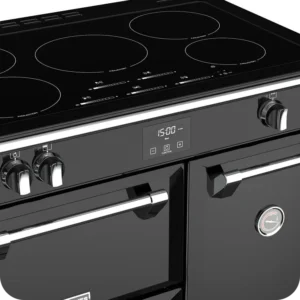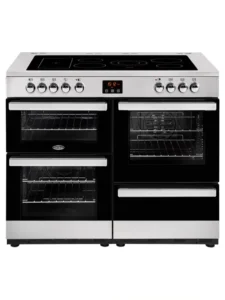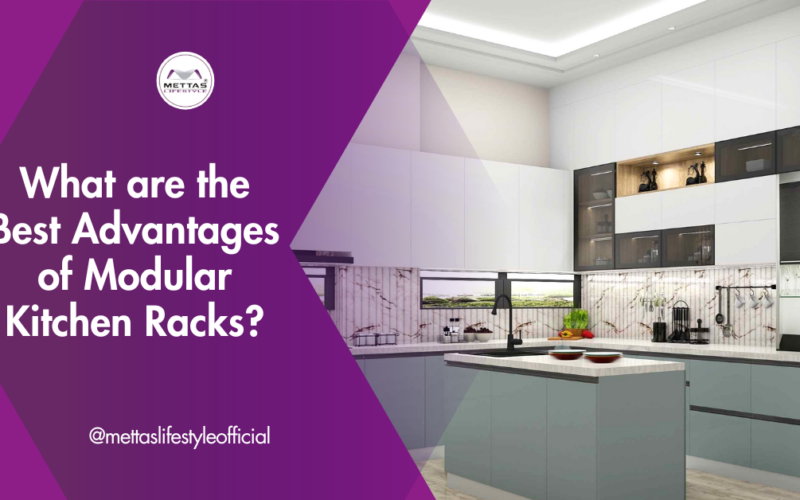

Table of Contents
ToggleIntroduction: The Best Kitchen Hob
Embarking on the journey of finding the ideal kitchen hob is akin to selecting the heart of your culinary haven. With a plethora of options available, each boasting unique features, it’s crucial to unravel the intricacies of gas, induction, electric, and ceramic hobs. In this comprehensive guide, we’ll delve deeper into the attributes of each, providing you with the knowledge to make an informed decision that aligns with your cooking style, preferences, and kitchen requirements with Mettas Lifestyle.
1. Gas Hobs

Quick and Precise Cooking
Gas hobs are renowned for their instant heat and precise temperature control. The moment you turn the knob, flames ignite, allowing you to master even the most delicate dishes with ease. This rapid response is particularly beneficial when you need to adjust temperatures swiftly during cooking.
Energy Efficiency
Gas hobs often take the lead in energy efficiency. The direct flame ensures that heat is generated immediately without the need for preheating, making them an environmentally friendly choice and potentially reducing energy consumption.
Versatility
One of the standout features of gas hobs is their versatility. They are compatible with various types of cookware, making them suitable for a wide range of cooking styles and preferences. Whether you prefer cast iron, stainless steel, or copper pans, a gas hob can accommodate them all.
2. Induction Hobs

Rapid Heating
Induction hobs operate on a different principle. They use electromagnetic induction to heat the cookware directly, resulting in rapid heating. This can significantly reduce cooking time, making induction hobs an excellent choice for those who value efficiency in the kitchen.
Safety Features
Safety is a paramount consideration in any kitchen. Induction hobs, with their closed, flat surface and no open flame, are inherently safer than gas hobs. Many models also come equipped with automatic shut-off functions, adding an extra layer of security.
Easy to Clean
The smooth, flat surface of induction hobs makes them exceptionally easy to clean. Unlike gas hobs with burners and grates, induction hobs have no crevices for food to accumulate. A simple wipe is often all that’s needed to maintain their pristine appearance.
3. Electric Hobs

Even Heat Distribution
Electric hobs, whether coil or smooth-top, offer consistent and even heat distribution. This ensures that your pots and pans receive uniform heat, preventing uneven cooking and hot spots that might occur with other types of hobs.
Smooth and Sleek Design
The design of electric hobs often leans towards modern and sleek aesthetics. With no protruding burners, these hobs contribute to a seamless, contemporary look in your kitchen. This design element can enhance the overall aesthetic appeal of your culinary space.
Variety of Styles
Electric hobs come in various styles to cater to different preferences and kitchen designs. From traditional coil hobs to modern smooth-top surfaces, you have the freedom to choose a style that aligns with your kitchen’s overall theme.
4. Ceramic Hobs

Easy to Clean
Similar to induction hobs, ceramic hobs feature a smooth surface that is exceptionally easy to clean and maintain. The absence of burners and grates simplifies the cleaning process, and spills can be swiftly wiped away.
Heat Indicator Lights
Many ceramic hobs come equipped with heat indicator lights. These lights serve as a visual cue, alerting you when the surface is still hot even after you’ve turned off the hob. This additional safety feature is particularly useful in a bustling kitchen.
Affordability
Cost considerations are crucial in any household decision. Ceramic hobs often present a cost-effective solution without compromising on performance. If you’re looking for a budget-friendly option that doesn’t skimp on efficiency, ceramic hobs are worth exploring.
Conclusion
As we conclude our exploration of the best kitchen hob options, it’s evident that each type brings its own unique set of advantages to the culinary table. The choice ultimately hinges on your cooking habits, lifestyle, and the specific needs of your kitchen space. Whether you opt for the quick responsiveness of gas, the efficiency of induction, the even heat distribution of electricity, or the simplicity of ceramic, your culinary adventure is about to reach new heights.
Related topics you must read: Which is Better, Built-in Hobs or a Cooktop?
FAQs
Gas hobs are generally considered more energy-efficient due to their instant heat generation and lack of preheating requirements.
Induction hobs require cookware with a magnetic base. If a magnet sticks to the bottom of your pots and pans, they are compatible.
Yes, you can use cast iron cookware on ceramic hobs. However, it’s advisable to avoid dragging the cookware to prevent scratches on the smooth surface.
While gas hobs have an open flame, modern models include safety features like flame failure devices to ensure safety during use.
Generally, gas hobs heat up faster than electric hobs. Gas provides instant heat, while electric hobs may require some preheating time.




